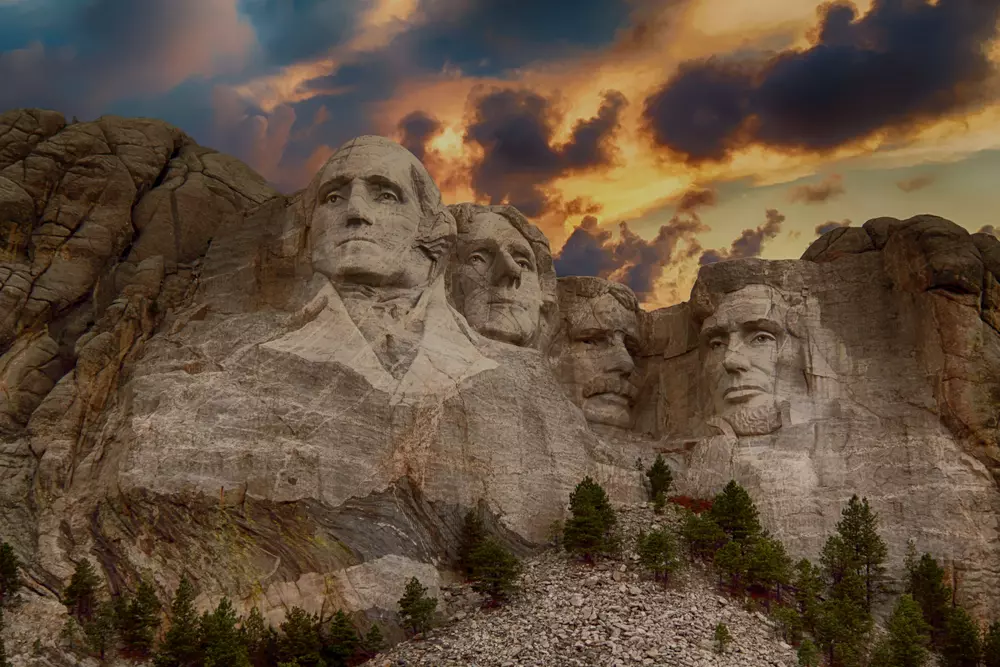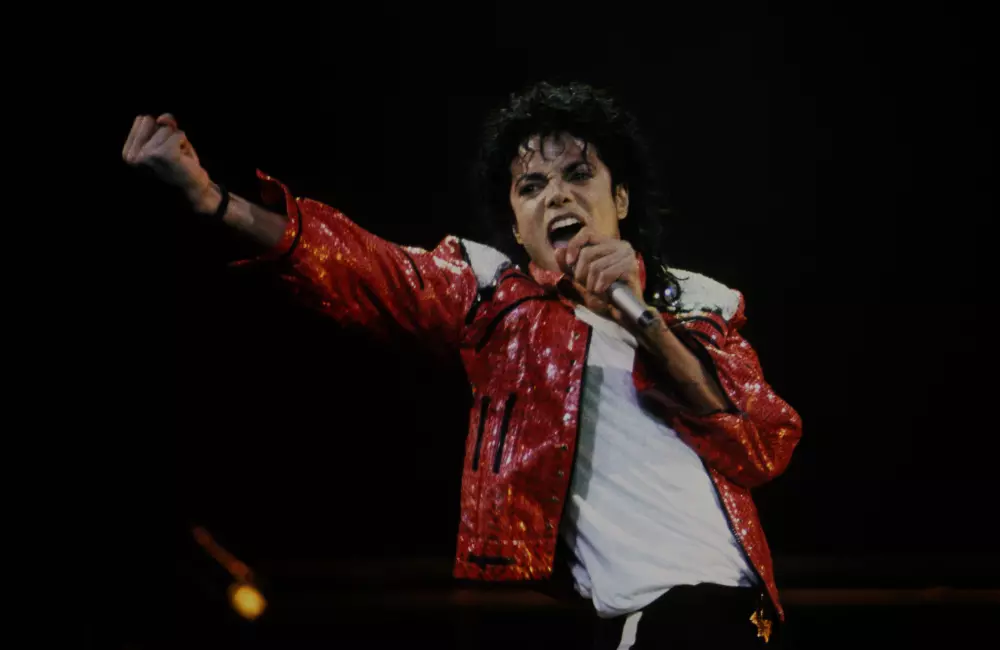Subcultures in the United States 1940-1970s
Subcultural movements have firmly entered our lives, and sometimes it seems like we know everything about them. Test yourself, do you know that:
- The first subculture was the "zoot suiters"?
- A striped jacket is to blame for it all?
- The term "hipster" originated as early as the 1930s?
- And around the same time, the "Hipster Dictionary" was published?
- Beatniks "stripped" hipsters, but quickly got bored? No?
Then hurry to read the new article on our website dedicated to the history of subculture development in the USA. Answered all the questions? Congratulations, check your version of the answers by reading the same article.

What is Youth Subculture?
Today's world is unimaginable without the diversity of vibrant subcultures and various youth movements. But it wasn't always like this. The first subcultures began to emerge only after World War II, and their cradle was the USA.
Subculture (literally "subculture" from Latin: sub — under, cultura — culture) is essentially a non-standard search for identity. Youth movements touch upon many social spheres: language, clothing, behavior, literature, and music.
When talking about subcultures, people usually mean the youth. This is due to the psychology of human development. As teenagers grow up and separate from their families, they feel the need to fill the emerging void. They want to be part of something communal while opposing the "uncomprehending" masses. Going through a rebellious phase, young people look for "tribesmen" ready to support them in difficult times.
The Birth of Subcultural Movements in the USA
The period from the 1940s to the 1970s was a time of great cultural change in the United States. This era witnessed the emergence of many iconic subcultures that significantly influenced society and culture, defining modern American identity. Each of these subcultures brought something unique, challenging existing norms and inspiring new forms of self-expression.
Starting from a distinct jacket cut and passing through strict setups of appearance, worldview, and musical preferences, subcultures have evolved into a particular lifestyle with their own rules, ideology, and philosophy. Where did the history of subcultures in the USA begin?
The first types of subcultures were "black." They grew out of the acute issue between the black and white population of America. And it all started with a quiet challenge to the established social standards.
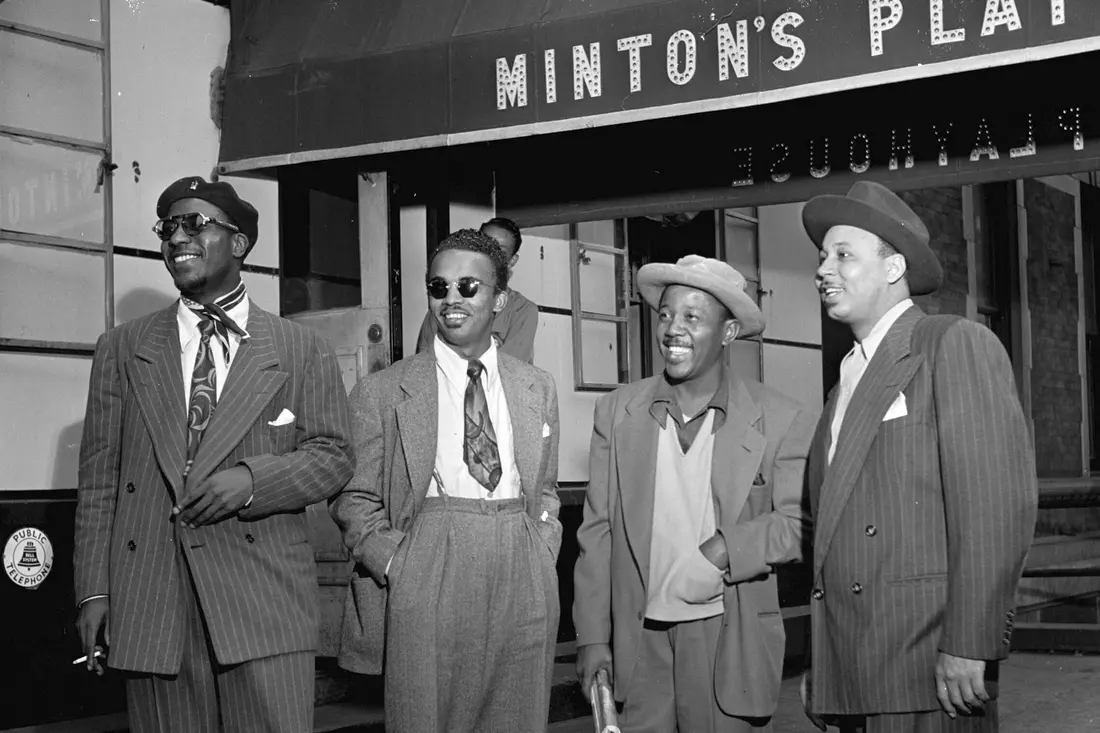
Zoot Suiters: Silent Street Revolution
The desire to attract attention was realized in quite an unusual way for the time — wearing provocative suits called Zoot Suits. They consisted of narrow trousers and an elongated striped jacket. Buying such a suit was quite difficult, especially for oppressed African Americans, as they were custom-made at exorbitant prices. Owners of such outfits were called "zoot suiters."
The significance of this subculture was immense. The suit became a symbol of ethnic pride and rebellion against white society. Zoot suiters later formed the first organized street gangs among African Americans. They became symbols of protest against racial discrimination and social injustice. During World War II, the US government limited fabric use, but zoot suiters continued to wear their flashy suits, which challenged established rules and symbolized resistance.
Features of Zoot Suits
- Vibrant Style
Zoot suits were known for their extravagant clothing that challenged societal norms. - Protest
Their style became a symbol of protest against discrimination and social inequality. - Music and Dance
Zoot suiters were passionate about jazz and swing, actively attending dance parties.

Bikers: Pioneers of "White" Subcultures
The creators of the first "white" subculture were bikers. Interestingly, this movement thrives even today, unlike many other subcultures. And the main distinctive sign of a biker, still preserved, is the denim or leather vest with the gang emblem.
The movement initially formed from youth returning home after the war. But this home proved not to be friendly towards its heroes. People involved in military operations, accustomed to constant adrenaline rushes, were forced to dress uniformly, live in standard "American Dream" houses, and work monotonous low-paying jobs, like a cashier in a store… Of course, this caused protest.
The former soldiers found their adrenaline in motorcycle racing and anti-social movements. The subculture gained popularity due to its rugged clothing style, emphasizing masculinity and roughness. Bikers, in their heavy army boots and black leather jackets, stood out against the majority wanting to look better and more refined.
The phrase from the film "Hell's Angels on Wheels" perfectly symbolizes the movement: "Better to rule in hell than serve in heaven." It encapsulates the entire opposition of bikers to the norms and morals of the rest of society. Bikers were associated with rebels who didn’t conform to societal norms. They spent time on long road trips across the country, enjoying the freedom and brotherhood offered by this subculture. Their lifestyle was romanticized in films and literature, contributing to their growing popularity.
Characteristics of Bikers
- Freedom
Bikers sought independence and freedom of movement. - Brotherhood
Membership in biker clubs implied strong bonds and support. - Romance of the Road
Bikers traveled the country, exploring its beauty and meeting new people.
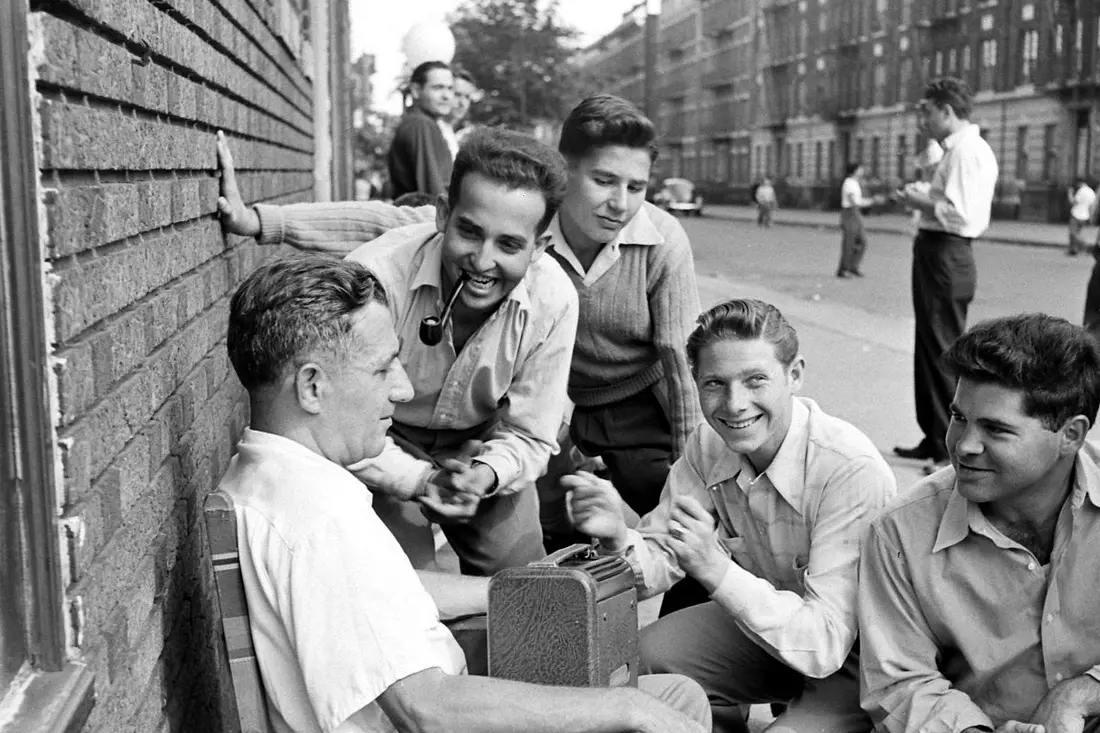
Hipsters of the 1940s
It may seem that hipsters appeared just a few years ago, filling the streets with flannel plaid shirts, non-prescription glasses, and muffins in hand. But no, the term was first used back in the 1930s, and the history of the subculture originated in New York, USA.
Hipsters recognized each other by their unique speech, their own slang — "jive." In those years, even a "Hipster Dictionary" was published to help master the hip-cat language.
Anyone positioning themselves against the undefined "them" could become a hipster. Against the system, against society, against a normal way of life. The movement had its complex and improvisational music — bebop. Their style was distinguished by combining vintage and modern elements and enthusiasm for non-traditional music and art. Hipsters were intellectuals and rebels, seeking self-expression and cultural diversity. A hipster could also be identified by their distinctive clothing style: black turtleneck sweaters, black glasses, scarves, and berets.
Features of Hipsters
- Music and Art
Hipsters were passionate about jazz, blues, and experimental genres. - Intellectual Pursuits
They sought knowledge and self-expression through art and literature. - Style
Hipsters preferred a unique style different from the mainstream.
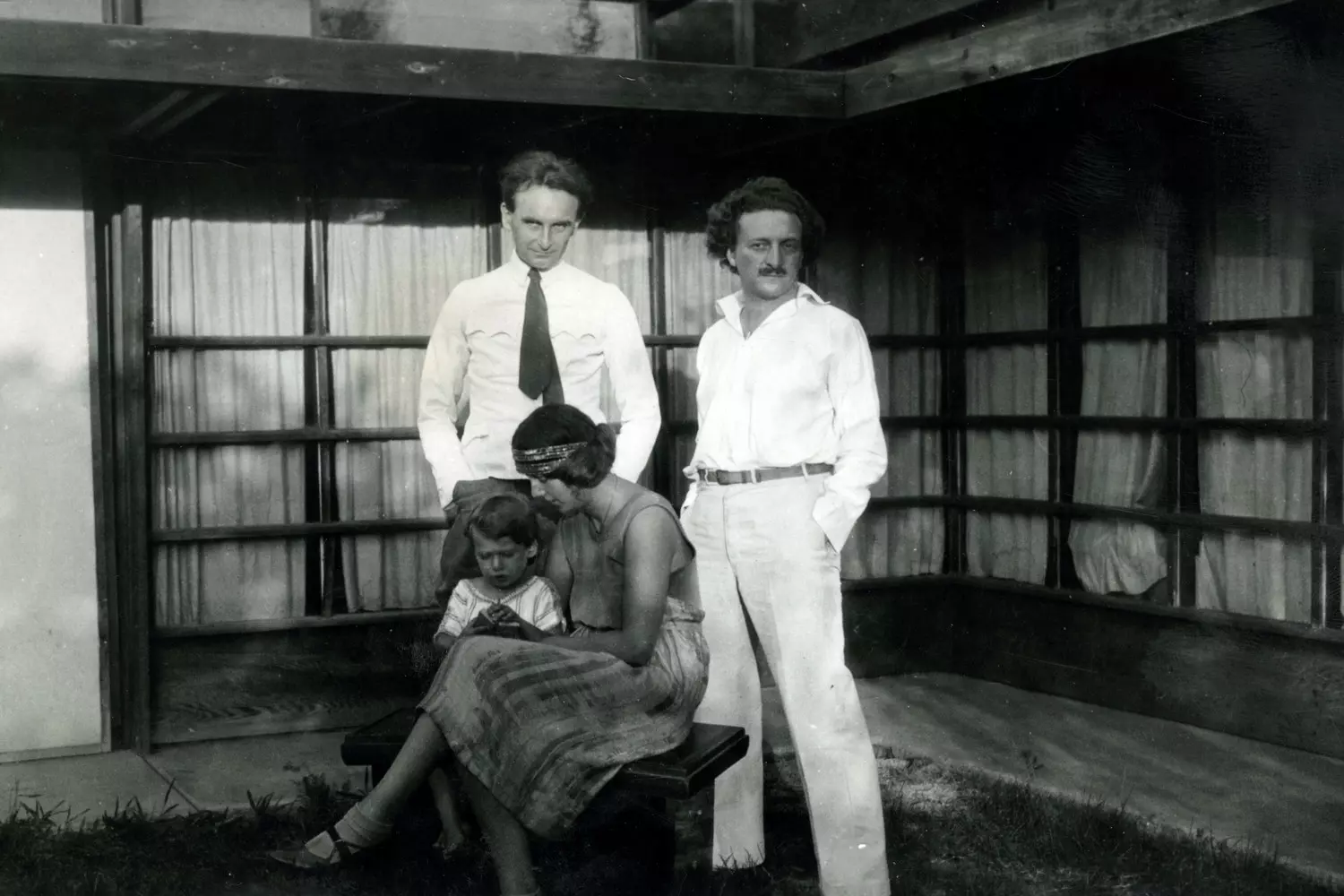
Beatniks: The Beat Generation
The image of hipsters was followed by the beatnik movement. However, pretty soon, followers of this subculture moved away from strict adherence to the dress code, and black sweaters with berets became part of mass culture, posing rather than being a genuine rebellion against society.
The beatnik movement has its roots in "black culture": music, passion, protest. Beatniks sought freedom of expression, travel, revived the literary tradition of describing their lives, and were drawn to psychoactive substances. Their literature added such names as Allen Ginsberg, Jack Kerouac, and William Burroughs to world classics.
Characteristics of Beatniks
- Literature
Beatniks wrote about the search for the meaning of life and rejection of conformity. - Spirituality
They were interested in Eastern philosophy and spiritual practices. - Lifestyle
Beatniks preferred a simple and free lifestyle.

Hippies of the '60s: Flower Children, Love, and Pacifism
This subculture inherited some traits of beatniks, embodying them in a reimagined form: a penchant for wandering, rejection of the mainstream, drug use, new styles of music and culture, sexual liberation.
Additionally, hippies advocated for a simple rural life in communes, enjoying life and harmony with nature. They could be distinguished by their bright clothing, long hair, and positive attitude toward life. And painted minibusses are still firmly associated with "flower children."
Hippies organized mass events like the "Summer of Love" and Woodstock, promoting their ideals. They actively protested the Vietnam War and fought for civil rights, striving for a fairer society.
Ideals of Hippies
- Pacifism
Hippies opposed war and violence, advocating for peace and love. - Ecology
Care for nature and striving for ecological sustainability. - Spiritual Development
Hippies sought spiritual enlightenment and harmony with the world.
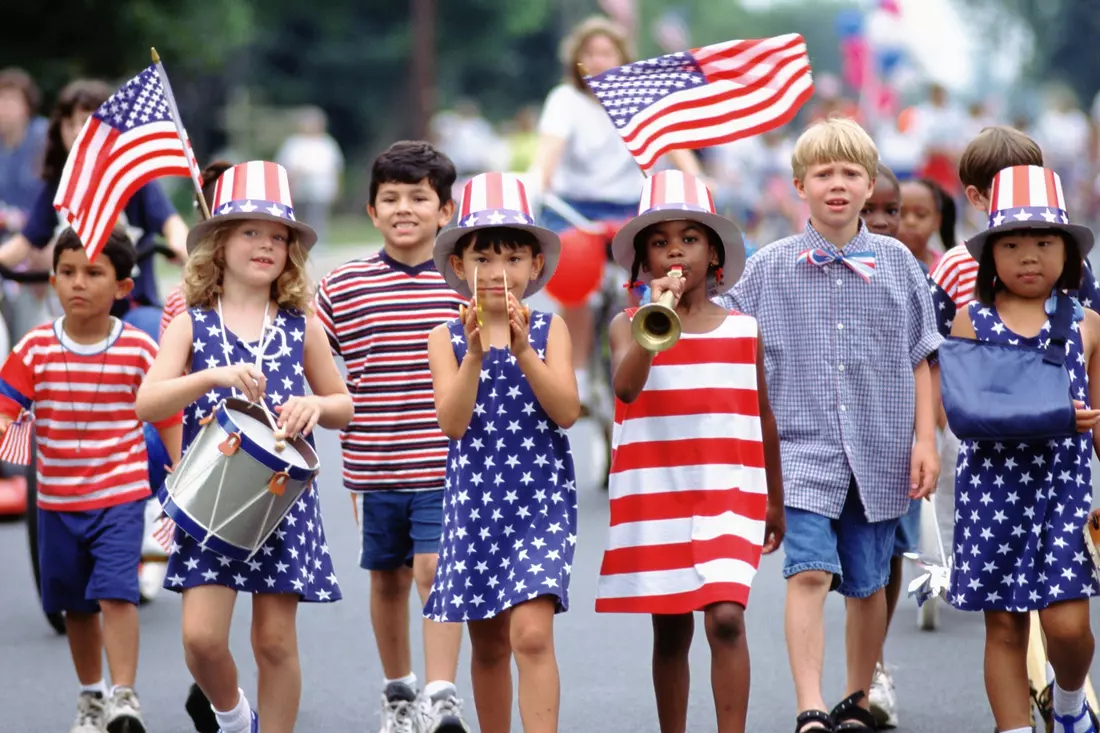
Influence of the LGBT Community
Speaking of subcultures, we cannot ignore the LGBT movement, which significantly influenced the formation of other subcultures in the USA from the 1940s to the 1970s. Despite challenging times and stigmatization, the LGBT community began to form its own cultural space, impacting pop culture and other subcultures of that era.
Cultural Centers and Events
LGBT bars and clubs, like the legendary Stonewall Inn in New York, became not only places of leisure but also centers of culture and activism. These establishments created a sense of belonging and community, playing a crucial role in the lives of many LGBT people.
The LGBT movement influenced other subcultures, including beatniks and hippies, who supported ideas of freedom of expression and equality. These movements often intersected against the backdrop of the fight for civil rights and social justice.
LGBT in Pop Culture
In the 1960s-1970s, LGBT themes began to permeate cinema, music, and literature, opening a new chapter in cultural history. Movies and books featuring LGBT characters helped break stereotypes and contributed to a broader recognition and acceptance of diversity.
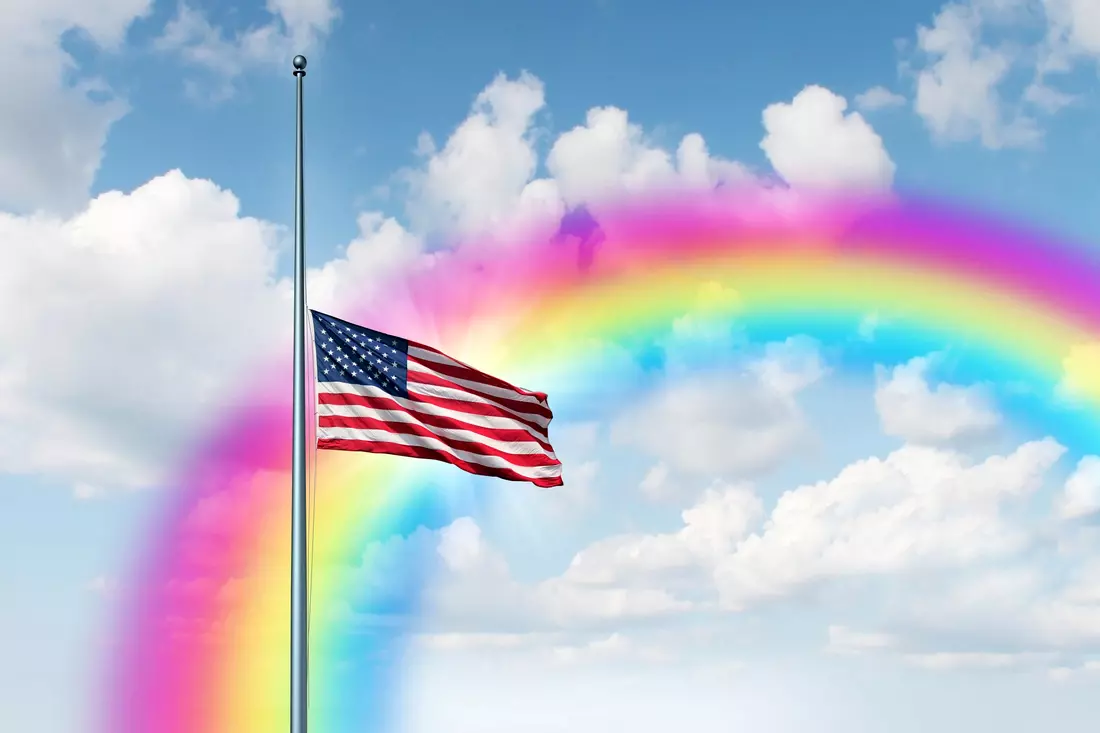
Subcultures of zoot suiters, bikers, hipsters, beatniks, and hippies significantly impacted American society and culture. They changed musical and fashion preferences, laying the groundwork for new genres and styles. These subcultures also served as a catalyst for social change, standing against discrimination and social injustice.
Of course, there were far more iconic subcultures in the USA, but the goal of this article is to introduce only the historically first established movements. American Butler believes that understanding the subcultural mentality can help one appreciate the spirit of the United States and understand the cultural values of a foreign country.
























